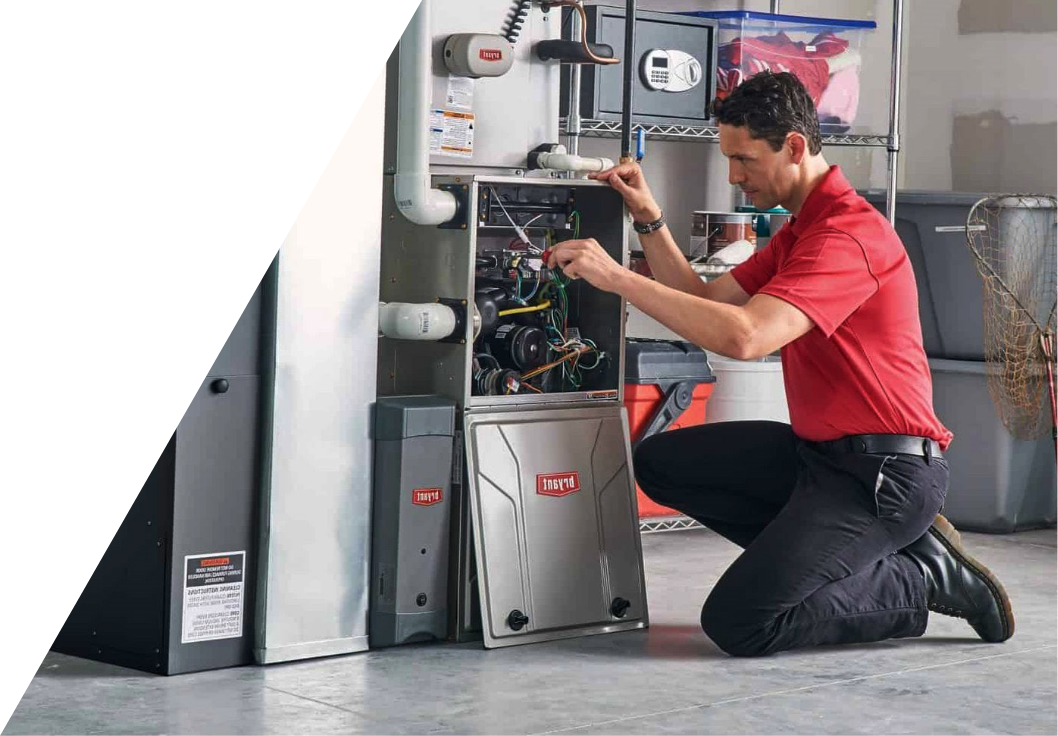When your furnace goes haywire, you need to find a furnace repair service as soon as possible. You don’t want to end up living without heat for an extended period of time. However, if you do not have the means to get it fixed right away, you can avoid this by knowing what to look for in a furnace and what you can do to prevent further issues.
If you have a noisy furnace, it may be time to call Furnace Repair. Depending on the type of noise you are hearing, you might need to have your furnace repaired or have parts replaced.
Rattling sounds are usually caused by a loose or broken part of the system. A good example is a faulty heat exchanger. Another cause is a dirty burner. Banging and popping sounds are a result of a build-up of gas inside the system.
Fortunately, many of these sounds are simple to fix. You can replace your air filter or lubricate the motor bearings. However, you might need to call in a professional if you have a high-pitched whistling sound or if the noise is coming from the blower.
While you might be able to fix a rattling or clicking noise, you might have to get a new furnace if it is the result of a problem with your ignition system. Clicking sounds from your furnace can indicate an issue with your flame sensor or with your burner network.
Squealing and screeching sounds are usually caused by a faulty fan motor or belt. They are also a sign of a problem with your blower’s airflow.
Lastly, a loud buzzing or humming noise can be a sign of a capacitor or electrical problem. To determine the cause, you can try to check the gas pressure or call in a technician.
A heat exchanger is a metal shield that distributes heated air from your furnace to the living space. It is the most important part of your heating and cooling system. You need to keep it in good condition, or you could have an unexpected repair expense.
When your heat exchanger is cracked, it can expose you to harmful carbon monoxide. Carbon monoxide is a colorless, odorless gas that can cause severe health problems.
If you see cracks on your heat exchanger, the first thing you should do is call for professional help. This is the only way to determine whether it is a problem or not.
In addition to cracks, your heat exchanger may be leaking flue gas. If you see any strange fumes or smells, it is important to shut down your furnace and open the door to a fresh room.
An expert HVAC technician will visually inspect your furnace for any signs of damage. They will also perform a test to make sure there are no leaks.
If your heat exchanger is causing your furnace to operate incorrectly, you should consider replacing the unit. Replacing your furnace can save you money in the long run. However, you may have to pay for labor, parts, and the new unit.
Heat exchangers can break when they are exposed to excessive amounts of stress. Whenever your furnace contracts or expands, the exterior components of your heat exchanger can corrode.
The limit switch is a critical component of your furnace. It acts as a safety switch, preventing overheating that could damage your heating system. If your furnace is malfunctioning, you should get it checked out by a professional. Keeping it in working order will help to extend the life of your HVAC system.
Limit switches have many functions, including controlling the temperature of the heat exchanger and the blower. They are used as a safety measure and as a stopgap to prevent damage to your heating equipment.
When a limit switch fails, the air handler or furnace may not start. This can cause problems with the furnace and may lead to a major breakdown.
A limit switch is a complex component that can be a nightmare to replace. However, if you’re a do-it-yourselfer with basic electrical knowledge, you can easily complete this repair.
You’ll need to remove the old limit switch and then install a new one. Depending on the model of your furnace, you may have to make several wire connections, as well as mount the new switch on the heating duct.
Before attempting any repairs, you’ll want to take a few minutes to look at the furnace’s manual. These will give you a good idea of the parts that need to be replaced. Also, make sure to check that the dial settings are the same as the old switch.

